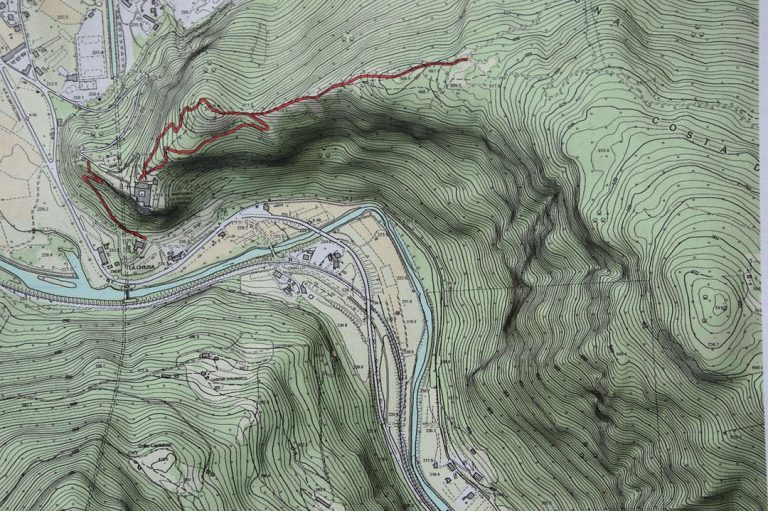Sinkholes: Types, Cause, Preventions, Solutions
Sinkholes are sudden, often hazardous depressions that form in the Earth's surface, posing serious risks to infrastructure and human safety.
Famous incidents, like the 2010 Guatemala City sinkhole that swallowed an entire intersection, highlight their destructive potential.
Sinkholes can be caused by natural processes such as the dissolution of limestone, but human activities like mining, coal extraction, and fracking can significantly increase their occurrence.
This article will explore the different types of sinkholes, how they form, and the latest technologies for detection and prevention.
What Are Sinkholes?
A sinkhole is a hole or depression in the natural ground surface produced by the collapse of the overlying earth. These occur when the material that supports the surface of the land is unable to do so and, as a result, collapses, sometimes suddenly and sometimes gradually.
Places prone to karst topography feature a specific ground of soluble rocks such as limestones, gypsum, or salt. These types of rocks tend to dissolve when exposed to groundwater over a period and usually form underground voids.
Sizes and shapes of sinkholes range from shallow bowl-like depressions to deep vertical chasms.
They are usually categorized by the nature of groundwater interaction with the surface. They generally include dolines, enclosed depressions, and swallow holes, where the surface water directly flows into underground passages.
Sometimes, sinkholes expose groundwater beneath them, such as cenotes in places like Mexico's Yucatán Peninsula.
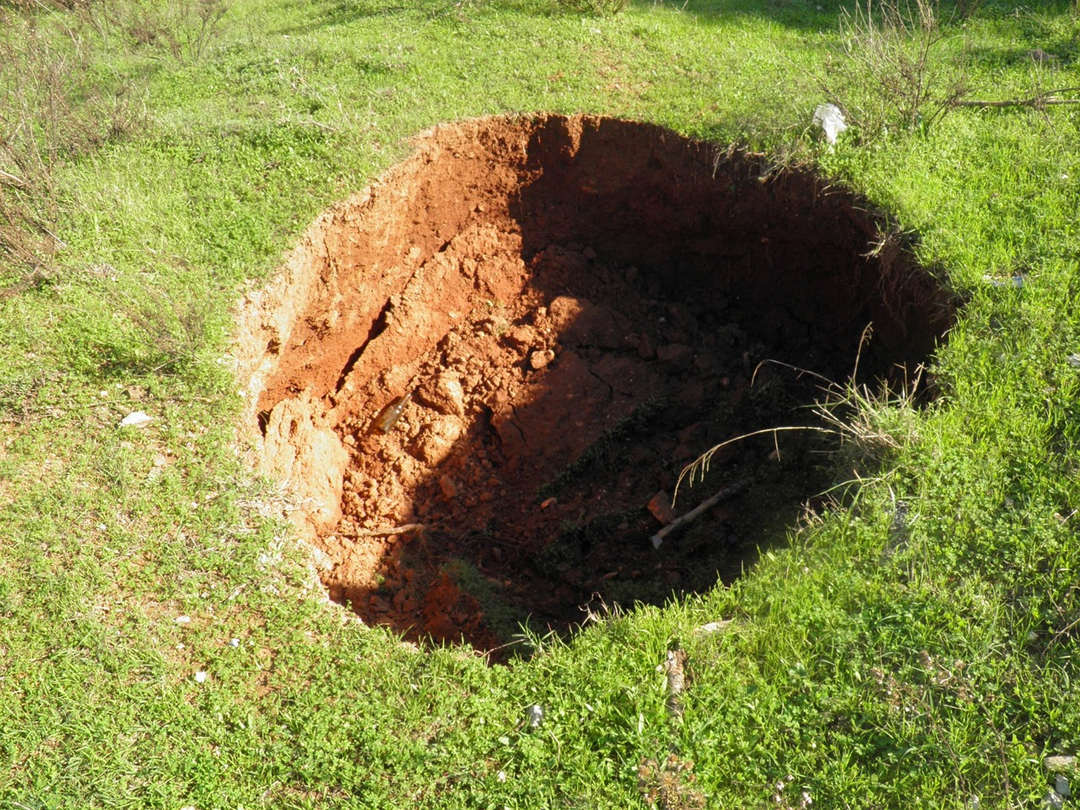
How Do Sinkholes Form?
Sinkholes are formed when the structure supporting the surface is weakened, usually due to the dissolution of rocks soluble in groundwater. Actually, the formation can be divided into several stages.
- Dissolution of Soluble Rock: Within the karst area, rainfall and surface water leak through soil and fissures in the ground, then flow down to the underground soluble bedrock. Eventually, over time, it dissolves the rock into underground voids and conduits.
- Subsurface Erosion: As the soluble rock is dissolved, caverns start developing. These caverns will keep on increasing in size with increased dissolution of rock, which reduces the structural strength of the ground above.
- Gradual Weakening of the Ground: For quite some time, the overlying soil and sediment remain intact, resting on the slowly eroding rock underneath. When the void starts expanding, the ground above becomes unstable.
- Surface Collapse: When the void underneath has grown too large to support the weight of the land above it, the surface collapses. This forms a sinkhole, which can appear either instantaneously or gradually, depending on the erosion process.
What Causes Sinkholes?
- Bedrock Erosion: Groundwater dissolves soluble rocks like limestone or gypsum, creating underground voids that may collapse.
- Fluctuating Water Table: Droughts or groundwater depletion reduce buoyant support, increasing the risk of collapse.
- Heavy Rainfall or Flooding: Excess water saturates and erodes soil, triggering surface instability.
- Natural Water Concentration: Channels or swales direct water flow, accelerating erosion.
- Water Leaks: Broken pipes or irrigation systems erode underground layers over time.
- Extraction of Groundwater: The over-pumping of wells or mining lowers the groundwater table, which destabilizes voids.
- Construction: Altered drainage or heavy surface loads can weaken the ground.
- Mining: Excavation or dewatering can expose underground cavities and collapse them.
- Water Impoundments: The concentration of water through ponds, basins, or dams erodes subsurface materials.
Most sinkholes are caused by a combination of natural and human-induced factors. For example, a drought that lowers the water table may then be followed by heavy rainfall that causes ground instability. Water may also be channeled underground by open sinkholes, making nearby sinkhole formation more likely to occur.
Does Extraction from Coal Make Sinkhole?
Yes, coal extraction can lead to the formation of sinkholes, mainly due to disturbance and weakening of subsurface materials.
Mining-Induced Subsidence
Coal mining is often associated with large tunnel systems or a great amount of coal removal from one location, as in room-and-pillar and longwall mining. The overlying rock and soil, over time, without support, will collapse or settle and result in depressions or sinkholes on the surface. Size and severity will be related to depth, mining method, and geology.
Water Table Changes
Coal mining, for instance, is usually accompanied by dewatering to maintain dry mine operations. The pumping of groundwater diminishes the water table and renders the overlying layers unstable. Subsurface cavities or weak zones no longer buoyed by groundwater collapse into sinkholes.
Fracturing and Soil Disturbance
Coal mining alters the standard subsurface geometry of an area. The actual excavation, explosion, and drilling create fractures in bedrock that allow water to enter it and dissolve the soluble bedrock, such as limestone or gypsum. This further breakdown of such structures leads to the weakening of the ground, and thus, a sinkhole appears.

Sinkholes due to Collapse of Old Mining Tunnels
Abandoned or poorly maintained coal mines pose serious sinkhole risks. Over time, the roofs of such tunnels may weaken and collapse due either to natural erosion or to additional stress imposed by human activities, causing the ground above to collapse.
Surface Loading and Development
Heavy infrastructure construction in areas with past coal mining can trigger the sinkhole risk. Buildings, roads, or equipment may impose additional stress on the already weakened subsurface and lead to sudden collapses.
Types of Sinkholes
While the fundamental cause—water eroding bedrock—is common to all types, the processes and conditions that lead to sinkhole formation create distinct categories.
Dissolution Sinkholes
Dissolution sinkholes form in areas with minimal ground cover, where water seeps through cracks in the bedrock and gradually dissolves it. Over time, this process creates surface depressions, especially in regions with exposed limestone or gypsum. If debris or sediment partially blocks the water flow, the sinkhole may stabilize, often resulting in ponds or wetlands. These sinkholes typically form slowly and remain shallow compared to more dramatic types.
Cover-Subsidence Sinkholes
In regions where a sandy layer covers the bedrock, cover-subsidence sinkholes emerge. The sand gradually trickles into cavities below, creating a depression on the surface. This process happens over a long period, often leading to small and relatively stable sinkholes since the sediment can block further erosion. They are less conspicuous and tend to form in regions with permeable soil over soluble rock.
Cover-Collapse Sinkholes
Cover-collapse sinkholes are the most dramatic and hazardous type. They develop when sturdy surface material, such as clay, forms an arch over a cavity in the bedrock. As sediment continues to fall into the void, the arch weakens until it collapses suddenly, creating a large and deep sinkhole. These events often attract attention due to their abrupt and destructive nature, especially in urban or populated areas.
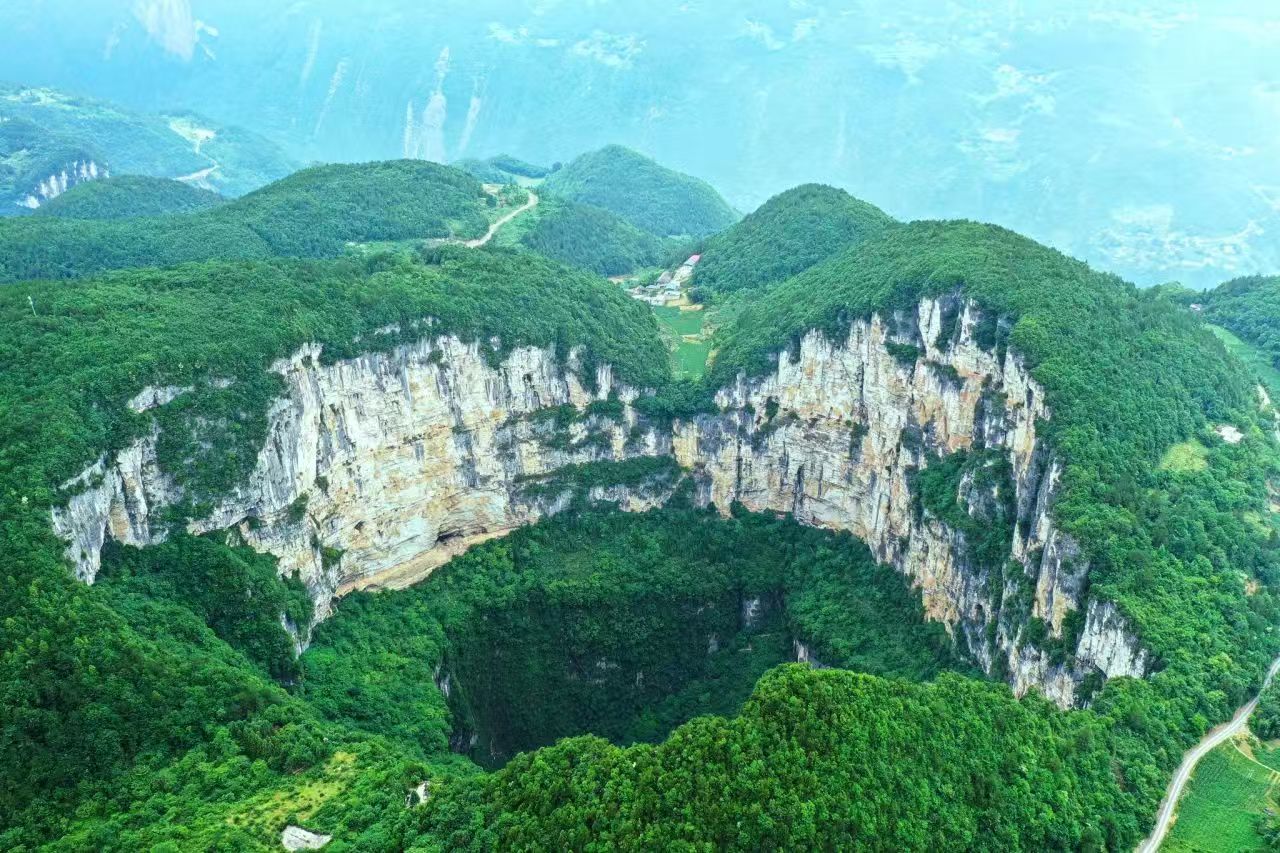
The Xiaozhai Tiankeng, located in Chongqing, China, is the largest sinkhole in the world. It was formed when an underground river eroded a massive limestone cave in the area.
How to Detect Sinkholes?
A wide-ranging detection approach involves direct observation, sophisticated technology, and environmental monitoring in the identification and assessment of sinkhole hazards.
Visual Inspections
The most straightforward and accessible method of detecting a sinkhole is by visual observation of changes on the ground surface. Signs include:
Round depressions or localized subsidence where ground levels drop relative to the surrounding area.
Cracks in roads, pavement, or building foundations, along with uneven settling of structures, may also indicate sinkhole activity.
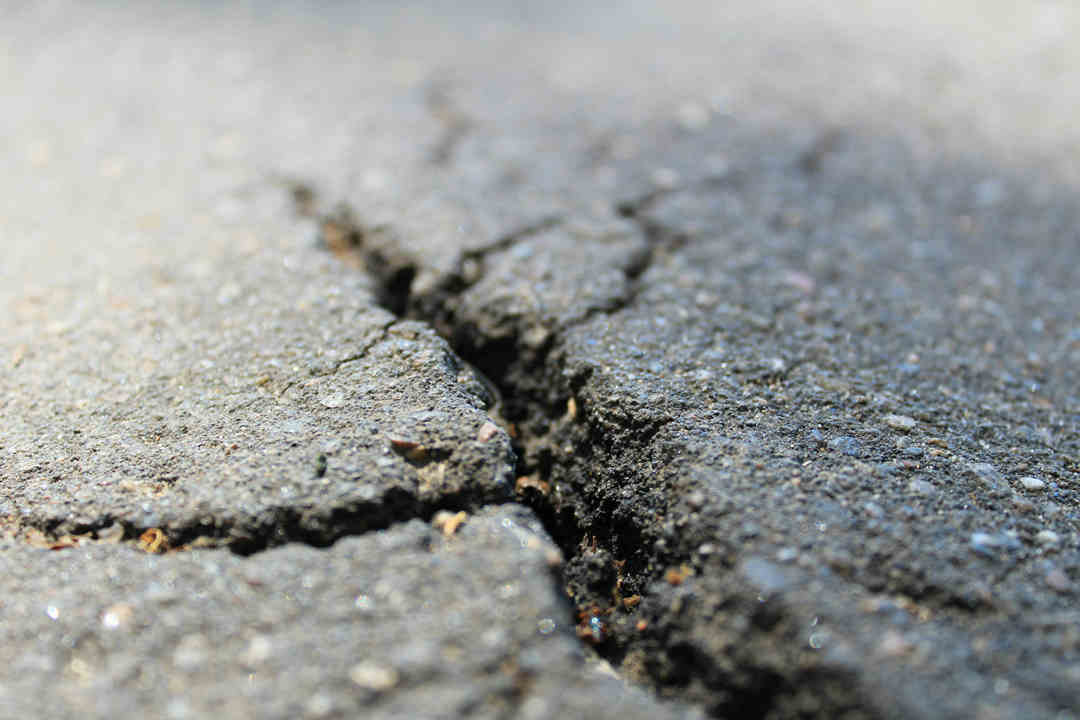
Anomalous drainage patterns, such as when rainwater disappears into a small opening in the ground, are common warning signs.
Vegetation health can be another clue: plants withering and dying in one particular area may imply loss of water to a forming sinkhole.
An unexpected drop in the level of well water without any apparent reason can also be indicative of the influence of a sinkhole on the underground water system.
Geophysical Techniques
Geophysical techniques provide very important subsurface information needed for the confirmation and mapping of probable sinkholes.
- Ground-Penetrating Radar (GPR): This technique utilizes electromagnetic waves to scan underground features. Reflected signals contribute to identifying subsurface voids or cavities, or any variations in density, representative of a developing sinkhole.
- Electrical Resistivity: This technique identifies changes in subsurface composition by measuring the electrical conductivity of the ground. Voids or loosened soils have distinct resistivity profiles that indicate areas of potential risk.
- Gravity Surveys: The Earth's gravitational field changes slightly with differences in density, such as those resulting from voids or cavities. These can be measured to delineate areas that may be susceptible to sinkholes.
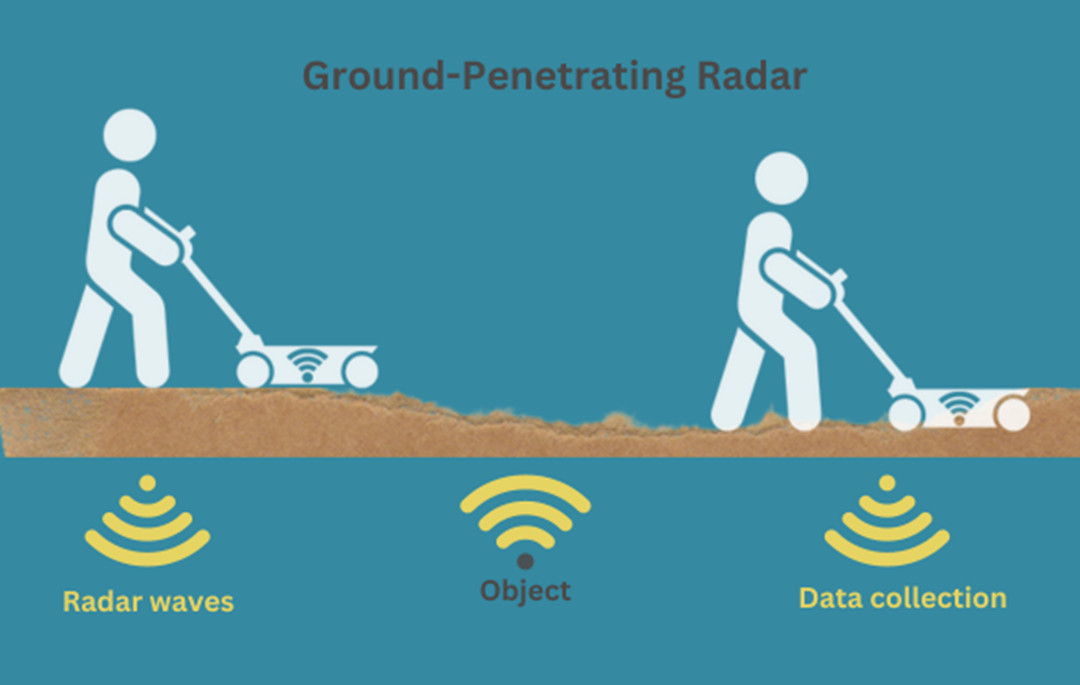
How does a Ground-Penetrating Radar (GPR) work
Remote Sensing Technologies
Remote sensing extends the scale and efficiency of sinkhole detection.
- Aerial Photography and Satellite Imagery: By analyzing high-resolution images over time, changes in surface features, such as depressions or shifts, can be identified.
- LiDAR (Light Detection and Ranging): LiDAR uses laser pulses to generate accurate 3D maps of the ground surface. Comparing LiDAR data collected at different times reveals subtle elevation changes that could indicate sinkhole formation.
There is a great recommendation when it comes to extensive applications and site monitoring of sinkholes with the versatile drone, the JOUAV CW-15 drone, for a wide-range flight time of up to 180 minutes and a communication range of 50 km to support RGB cameras, gimbal cameras, LiDAR sensors, oblique cameras, etc., for highly appropriate quick and detailed detection of the sinkhole.

Groundwater Level Monitoring
Groundwater level plays an important role in sinkhole development. Fluctuations of the water table, both from natural processes such as drought and from human activities that include the extraction of water, can destabilize underground cavities.
Monitoring groundwater levels supplies essential information on potential triggers for the development of a sinkhole. Sudden changes in water levels may signal increased risk, making this an essential component of sinkhole detection.
How Can We Prevent Sinkholes?
By addressing both natural vulnerabilities and human activities that exacerbate risks, sinkholes can be effectively mitigated, protecting property, infrastructure, and lives.
Land-Use Planning and Zoning
Effective land-use planning ensures that activities in sinkhole-prone areas are carefully regulated. By conducting geological surveys and hazard assessments, authorities can identify regions with soluble bedrock, such as limestone, that are more vulnerable to sinkholes.
Construction and heavy industrial activities in these areas should be limited or adapted to minimize risk. Zoning laws can restrict high-impact activities and require pre-construction subsurface evaluations using technologies like LiDAR or ground-penetrating radar (GPR). This ensures that any new development is built on stable ground.

Matera is a city in the Basilicata region of Italy, famous for its Sassi, an ancient cave dwelling carved into the limestone cliffs of the Murgia plateau.
Groundwater Management
Uncontrolled changes in groundwater levels are a significant cause of sinkholes. Over-extraction, dewatering, or leaks can destabilize underground cavities by removing the water that supports them. Sustainable water usage practices, such as regulating groundwater extraction, can help maintain stability.
Monitoring groundwater levels with dedicated wells allows for early detection of rapid drops that could lead to sinkholes. Regular maintenance of water infrastructure, including pipelines and sewer systems, prevents leaks that can erode the subsurface. Proper stormwater management, through systems like retention basins and improved drainage, also reduces the risk of water infiltration causing subsurface erosion.
Engineering Solutions
Where sinkhole risks are unavoidable, engineering interventions can strengthen and stabilize the ground:
- Grouting: Filling underground voids with cement or other stabilizing materials prevents collapse.
- Soil Compaction and Reinforcement: Techniques like soil compaction or the use of geosynthetics improve the stability of vulnerable areas.
- Drainage Control: Designing effective drainage systems minimizes water infiltration into the ground.
- Adapted Structural Designs: Reinforced foundations or floating slabs reduce stress on unstable soil, making buildings more resilient in sinkhole-prone areas.
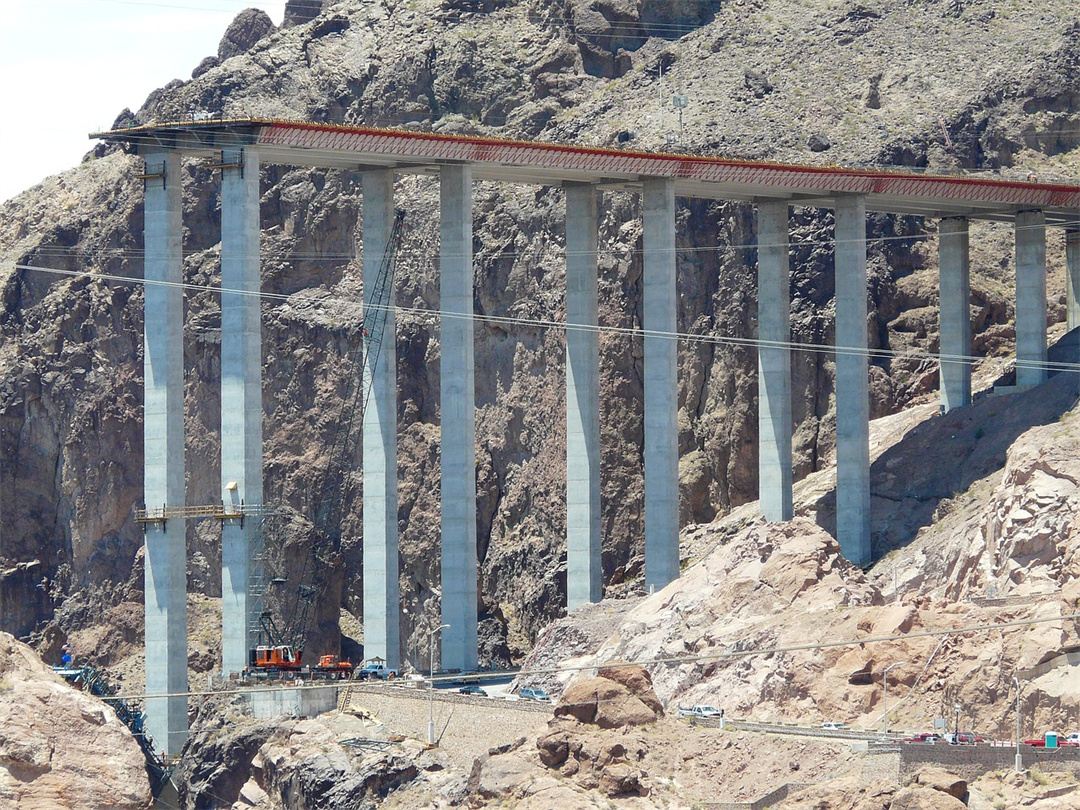
How to Fix and Repair a Sinkhole?
Fixing and repairing a sinkhole need to understand its size, depth, and cause for appropriate solutions.
Small Sinkholes
Mostly shallow, small sinkholes are fixable by filling in compacted soil. Clearing the loose debris starts the process, followed by excavating to a solid base. Adding layers of soil in an incremental manner is then well compacted.
Once filled, the top is contoured to the existing surrounding elevation to eliminate any further collection of water that could eventually cause future subsidence.
Larger Sinkholes
When a larger sinkhole appears, then the filling of the underlying void needs stronger solutions. Grouting is one of the standard methods in which a cement-like material or polyurethane foam is pumped into the cavities underground. Grout spreads through the voids in the ground, filling gaps and stabilizing the soil with ground strengthening.
The conditions may call for different methods to be performed such as compaction grouting in order to compact loose soil or permeation grouting in order to bind weak materials.
Deep Sinkholes
The deep sinkholes that even pose a threat to infrastructure require more intensive efforts. Excavation has commonly been done to expose the stable layers beneath the sinkhole.
After reaching a firm base, the void is then filled with durable materials like crushed rock or concrete for its long-term support. Such a method is required to repair sinkholes that have the potential to destabilize buildings, roads, and other critical structures.
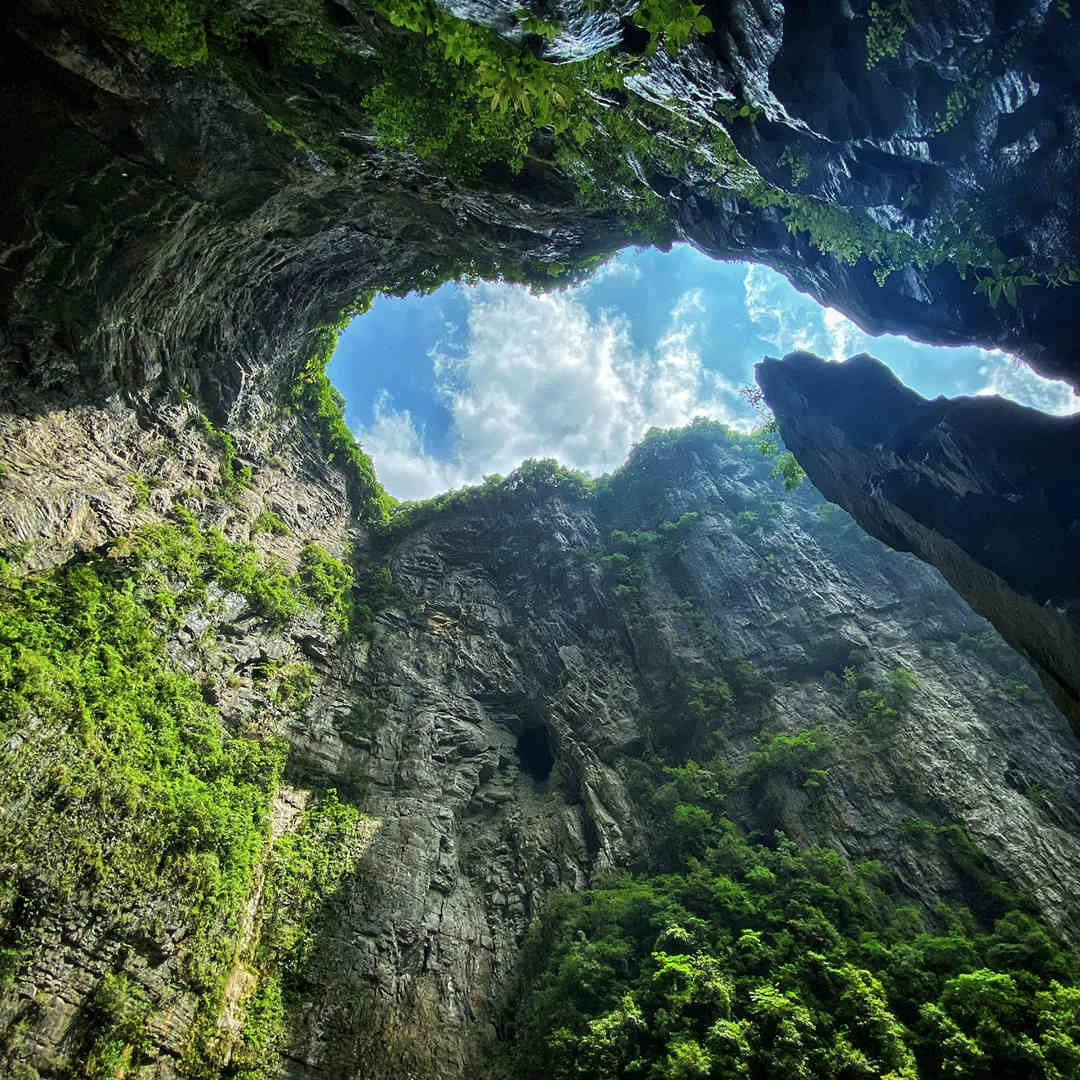
FAQ
How Common Are Sinkholes Globally?
Sinkholes are indeed global in occurrence but occur with relatively greater frequency in karst areas with limestone, gypsum, or salt bedrock that can be dissolved. This would include Florida and Texas, China, Mexico, and Southeast Asia.
How Deep is a Sinkhole?
While a few of them are only a few feet deep, others have gone as deep as over 600 feet. Smaller ones are usually shallow, while large ones, like Xiaozhai Tiankeng in China, go for hundreds of feet both in-depth and diameter.
Are Sinkholes Dangerous?
Yes, sinkholes can be very dangerous, particularly if they develop suddenly. They pose risks to life, property, and infrastructure and could swallow roads, buildings, and even vehicles. Even small sinkholes can weaken foundations and utilities. Other potential sinkhole effects include the disruption of groundwater systems, contaminating water, or affecting local water supplies.
What Does a Sinkhole Look Like?
These take forms, including circular depressions, open pits, or water-filled basins. They range from a few feet to hundreds of feet across. Urban sinkholes may cause crumpled pavement, inclined poles, or foundation cracks. In natural settings, they can resemble craters or collapsed caves, while leaves on trees surrounding the feature would often wilt because their root supply of water has been lost.
What is the Difference Between a Sinkhole and a Pothole?
Sinkholes are caused by the collapse of surface layers into underground voids, often due to dissolving bedrock or mining. They can be large and dangerous. Potholes, on the other hand, are smaller surface depressions on roads caused by water infiltration, freezing, and traffic wear. Sinkholes pose significant structural risks, while potholes primarily damage vehicles.
What is the Difference Between a Sinkhole and Land Subsidence?
Sinkholes are sudden, localized collapses caused by voids in the ground, often from dissolving bedrock. Land subsidence is a gradual, widespread sinking of the ground caused by factors like groundwater depletion. Sinkholes are abrupt and confined, while land subsidence affects larger areas and infrastructure over time.
Where are Sinkholes Most Likely to Take Place?
The most frequent occurrences are seen to take place in karst regions with soluble rock types, including limestone, gypsum, or salt. Some of the places that fall under this category include Florida, Kentucky, Texas, Missouri, parts of China, the Yucatán Peninsula, and Europe. Human-induced mining activities and extractions of groundwater resources increase sinkhole hazards even outside of karst areas.
Why Do Sinkholes Keep Growing in Mining Areas?
Mining destabilizes the ground by lowering the water table and removing supportive materials, creating voids that can collapse. Blasting and excavation further disturb soil layers. Poor backfilling or abandoning mines without proper sealing often leads to the formation of sinkholes being delayed.
Can Sinkholes Be Completely Prevented During Mining?
It is impossible to completely avoid sinkholes in mining, but the risks can be minimized with controlled groundwater management, subsidence monitoring, and proper backfilling of voids. Technologies like ground-penetrating radar and geophysical surveys can identify instability, but the geological process is too unpredictable for complete prevention.
Does Insurance Cover Sinkholes?
Standard homeowners' insurance does not typically pay for sinkholes. Sometimes, additional coverage can be added by an endorsement or separate policy, generally with an additional premium.





